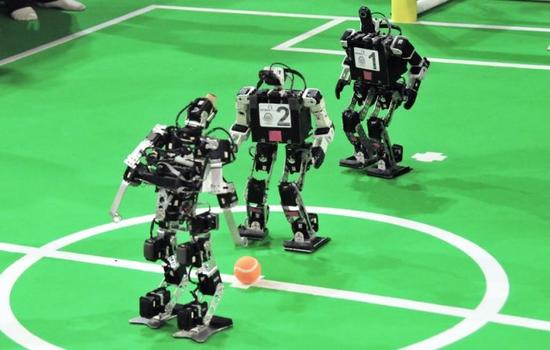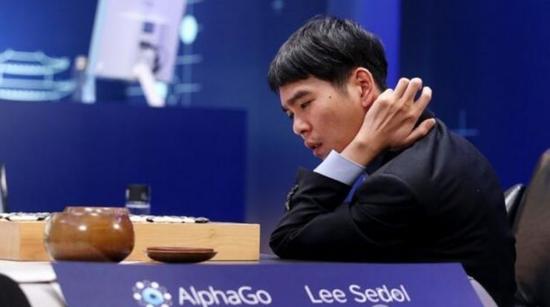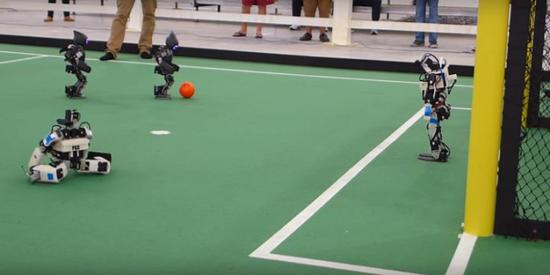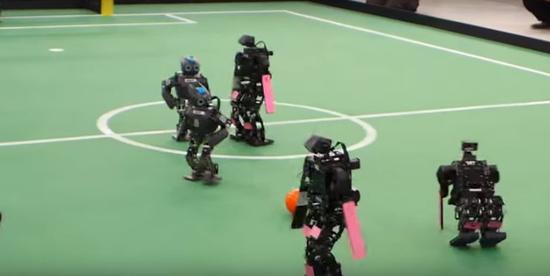
In 1997, IBM's artificial intelligence Deep Blue defeated the then chess world champion Garry Kasparov. Since then, human cognition of AI has changed. Deep Blue allows humans to realize that even chess, which is considered by humans, can be invaded by AI. But in fact, this does not mean that technology has achieved breakthrough innovation, because in the end, robots are driven by fast computers and clever algorithms, and Go is not.
Go requires more complex algorithms, more complete strategic thinking, and more interaction and strategy analysis, which is more challenging for AI. Go relies on more pattern recognition and requires a more subtle assessment of the overall and details. The next step in Go is hard to predict, and almost no algorithm can successfully predict every step of Go.
Before the turn of the century, Go's AI mechanism progressed very slowly and could be defeated by amateurs. But in 2006, this situation changed because AI introduced two technologies: Monte Carlo tree search and deep network. The Monte Carlo tree search algorithm does not test all possible steps, but does a separate choice to combine the selected objects in a mature way to make better predictions. The deep network is a way of transforming neural networks. It has been tested since the 1960s and has now become cheaper, more powerful, and has more data to train learning algorithms.
The combination of these two technologies has greatly improved the AI's Go technology. Finally, in March of this year, Google artificial intelligence AlphaGo defeated the world's top chess player Li Shishi, humans began to fear the power of AI.

Now, AI wants to conquer the next domain: playing football.
The future of AI is physical activity
Since the AI ​​defeated the Chess World Championship in 1997, scientists have begun to believe that the most conquered by AI is the brain game. For AI, it is even harder to conquer those physical games, such as playing football.
Football is not a difficult sport for humans, but it is not for AI. For robots, it is much harder to run with legs, control the ball with legs, communicate with teammates, and avoid falling. . Today, there are only a handful of laboratories in the world that can design humanoid robots that can walk. Now, the team led by scientists Hiroaki Kitano and Manuela Veloso aims to build a robot soccer team before 2050 to fight against the World Cup and win the game. Now they are working hard and have already carried out many "Robot World Cups".

This year, the "Robot World Cup" has been held 20 times, and its goal has always been to enhance and challenge the capabilities of AI and robots. Specifically, this ability is not the brain power of robot abstraction, but the physical exercise ability and real-time interaction ability. Since the first "Robot World Cup" was held, many organizations began to pay attention to how this game promotes the advancement of robotics.
The first "Robot World Cup" contestants only had wheeled robots; later, Sony's four-legged AIBO robot dog joined the team; since 2003, humanoid robots began to compete. In the beginning, the humanoid robot has very limited athletic ability, often trembles while walking, and often falls when playing. In recent years, the robotic skills of robots have increased rapidly. Now, many laboratories have developed a humanoid robot soccer team.
This is not a simple ball sport
In order to achieve the goal of 2050, the task that the team set for the robot is getting harder and harder. Since last year, the ground green carpet has been replaced with artificial turf, and the goal and football have been painted white. This makes it more difficult for the robot to remain stable, to recognize the goal and football. Therefore, perhaps this year's robot players are worse than last year, but don't worry, it's just because their task has increased a lot.
Compared to playing chess and Go, the skills involved in playing football are more difficult: to lock the target while running, to recognize football under strong light, to run on wet grass, to deliver energy to the robot every 45 minutes... Other issues are also closely related to human reality: When can robots and humans play football on the same football field? Are humans and robots safe to play, will they be more vulnerable to injury? If humans judge robot fouls, will robots be convinced?

Therefore, when the intelligence of robots makes humans jealous and fearful, we are letting them conquer the next domain: those that humans consider to be exceptionally simple. And this is the key territory that the robot needs to conquer in the future.
Medical Stretcher,Hydraulic Folding Stretcher,Hydraulic Medical Stretcher,Hydraulic Hospital Stretcher
Jiangmen Jia Mei Medical Products Co.,Ltd. , https://www.jmjiameimedical.com